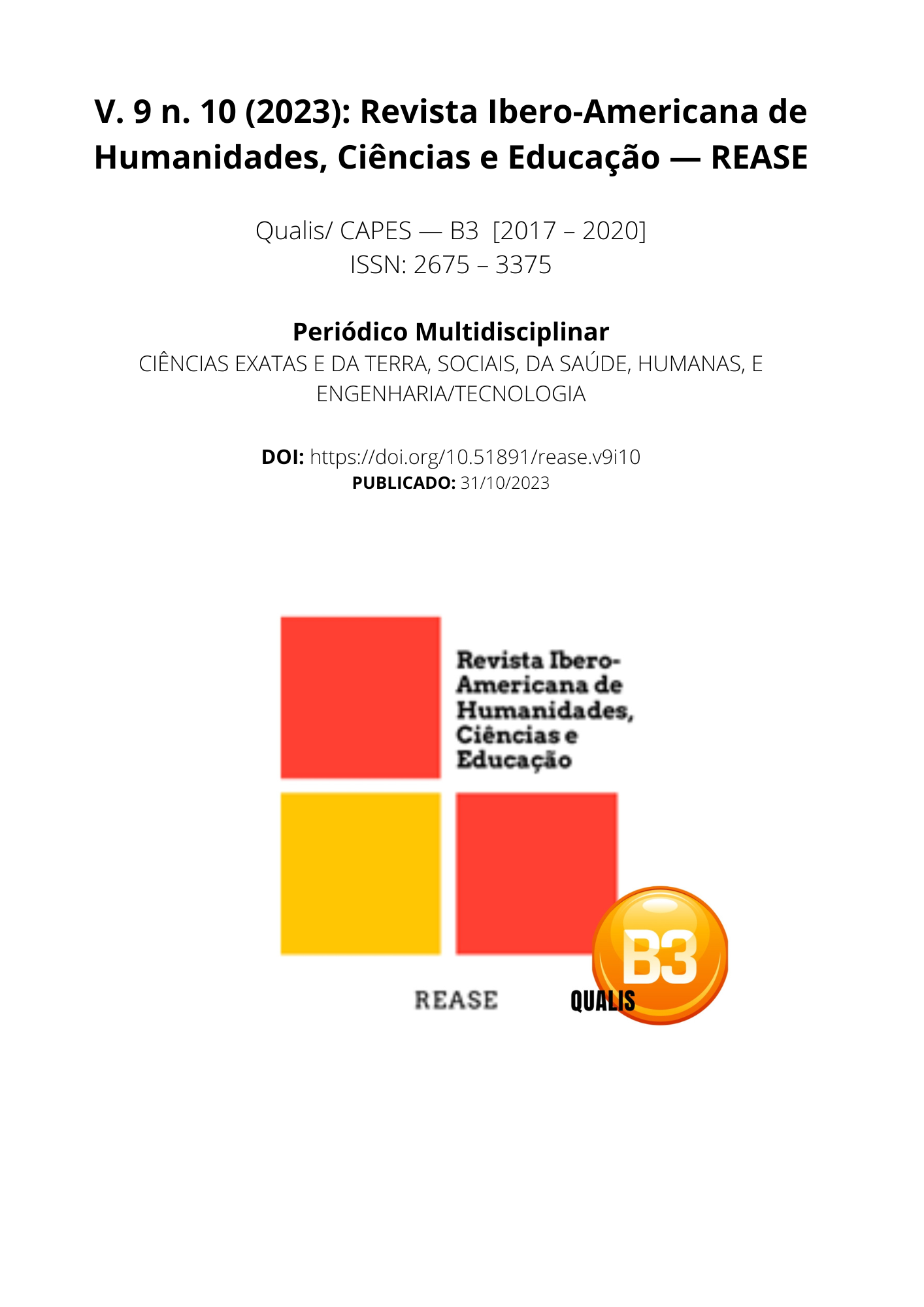THE TYPES OF STRABISMUS AND THE SURGICAL TECHNIQUES RECOMMENDED FOR ITS TREATMENT
DOI:
https://doi.org/10.51891/rease.v9i10.11919Keywords:
Strabismus. Surgery. Techniques. Results. Complications.Abstract
Strabismus is an eye disorder characterized by misalignment of the eyes, which are unable to focus on the same point at the same time. Strabismus can affect the vision, self-esteem and quality of life of people who suffer from this problem. There are different types of strabismus, which can be classified according to the direction, frequency, cause and severity of the ocular deviation. The main types of strabismus are: convergent strabismus, divergent strabismus, vertical strabismus, paralytic strabismus, accommodative strabismus, intermittent strabismus, pseudo strabismus and latent strabismus. Treatment for strabismus depends on the type, cause, age and preference of the patient. Its focus is to restore eye alignment, binocular vision, aesthetics and quality of life. The main forms of treatment are: glasses or contact lenses, tampons or eye drops, eye physiotherapy exercises and surgery. Objective: to analyze the types of strabismus and the surgical techniques recommended for its treatment, as well as the results, complications and satisfaction of patients undergoing the procedure. Methodology: based on the PRISMA checklist. The PubMed, Scielo and Web of Science databases were consulted, using the following descriptors: strabismus, surgery, techniques, results, complications. Articles published in the last 10 years, in Portuguese, English or Spanish, that addressed strabismus and surgical techniques in their clinical and scientific aspects were selected. The inclusion criteria were: original articles, reviews, case reports, case series, which presented data on the types of strabismus, surgical techniques, results, complications and satisfaction of patients undergoing surgery. The exclusion criteria were: duplicate articles, articles that did not address strabismus and surgical techniques in their clinical and scientific aspects, articles that did not present sufficient or reliable data, articles that were not relevant to the topic. Results: 16 studies were selected. Recession techniques consist of moving the eye muscle away from the scleral limbus, reducing its traction force. Resection techniques consist of shortening the eye muscle, increasing its traction force. The techniques can be combined with each other, or with other techniques, such as transposition, adjustment, slit, among others, depending on the type and degree of strabismus. Surgery can correct ocular deviation, improve binocular vision, stereopsis, visual acuity, contrast sensitivity, depth perception, spatial orientation, motor coordination, reading, learning, among other aspects. Surgery can also improve the appearance of the eyes, self-esteem, quality of life and social integration of patients. The success rate of the surgery varies according to the type and degree of strabismus, but can reach 90% in some cases. Conclusion: The conclusion of this review is that surgical techniques for treating strabismus are safe and effective procedures, which can bring both functional and aesthetic benefits to patients who have eye misalignment. Surgery can correct ocular deviation, improve binocular vision, aesthetics and quality of life for patients, with a low rate of complications and a high degree of satisfaction. However, it is important that patients are well informed about the indications, risks, results and limitations of surgical techniques, and that they choose a qualified and experienced professional to perform the procedure.
Downloads
Downloads
Published
How to Cite
Issue
Section
Categories
License
Atribuição CC BY

